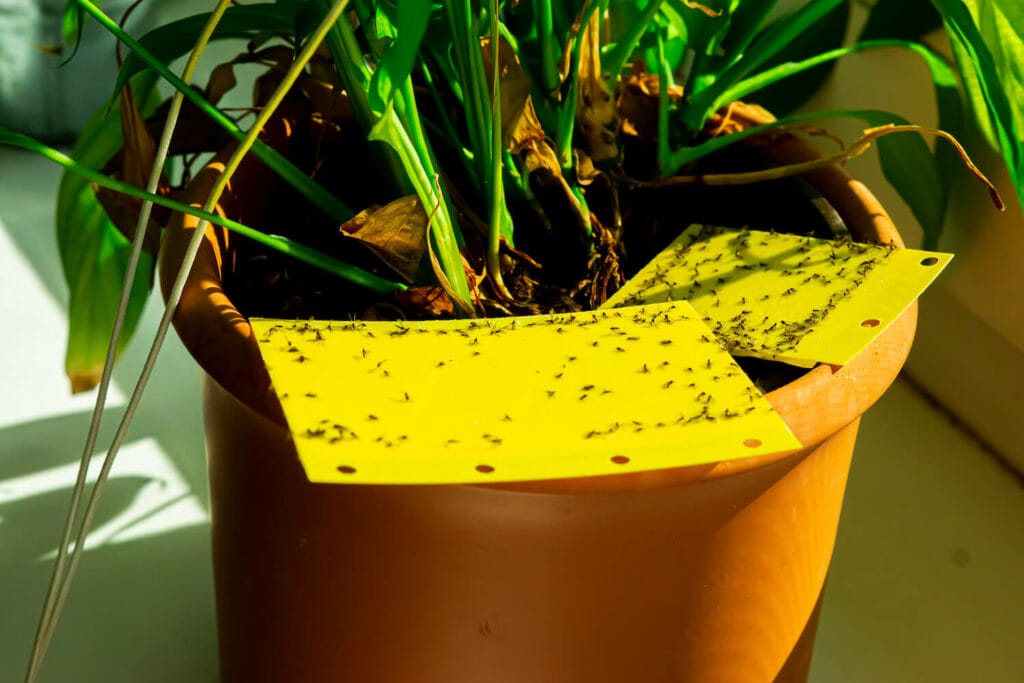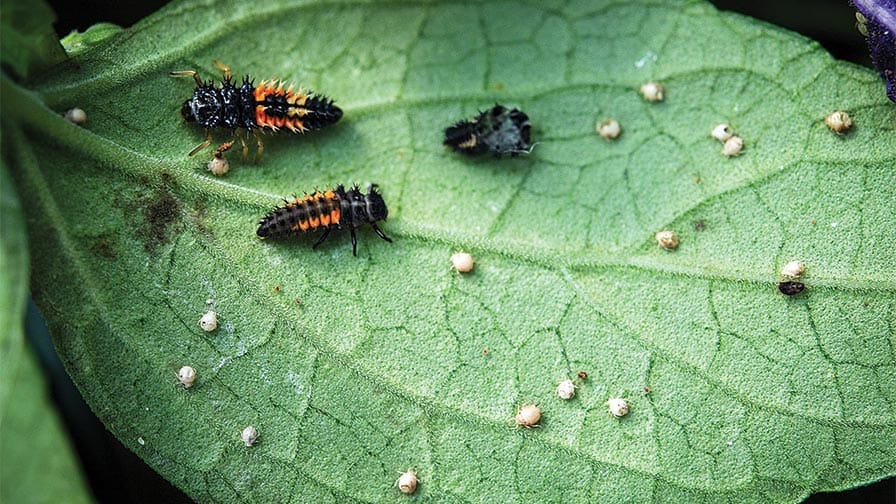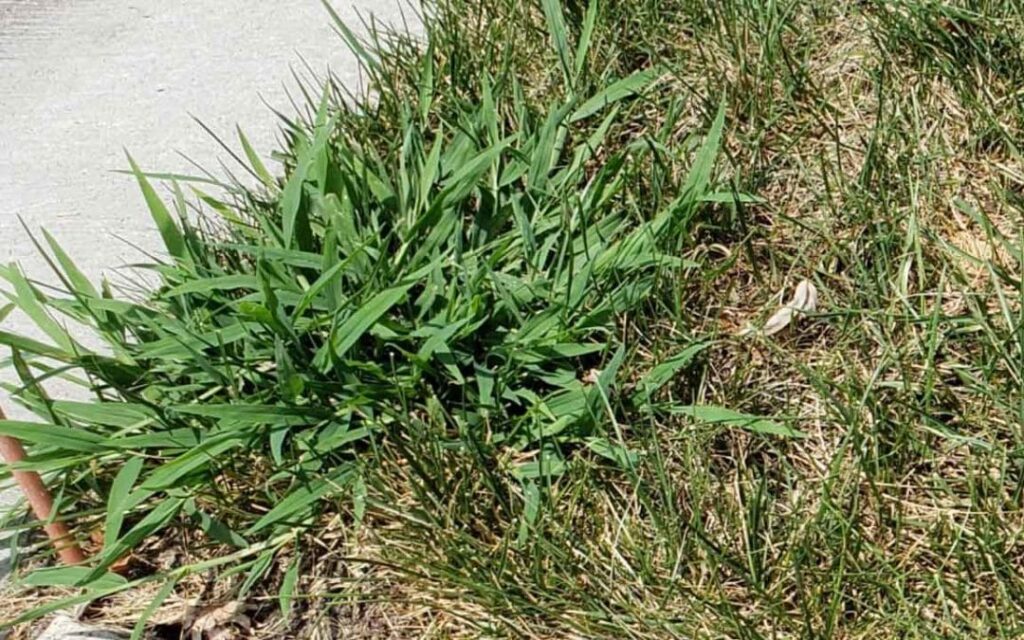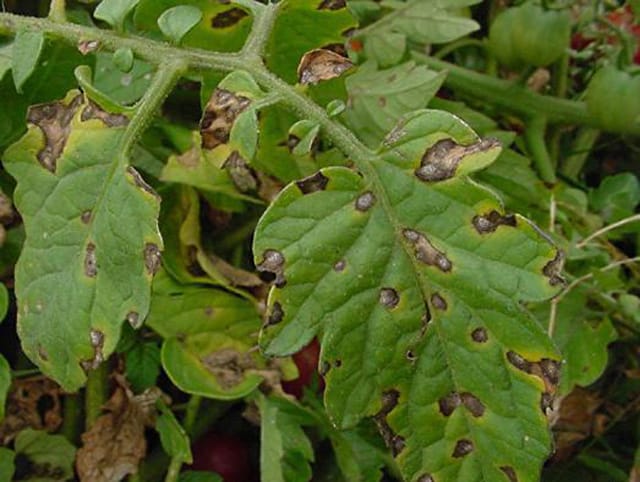Common Pests

Insects
Common insect pests of crops and ornamental plants in Georgia include aphids, whiteflies, scale, Japanese beetles, and tomato hornworms. Proper identification, inspection, and scouting is crucial for effective management. Some of the common structural and nuisance pests found in southeastern neighborhoods include termites, Argentine ants, fire ants, Indianmeal moths, bed bugs, and German along with smokeybrown cockroaches.

Weeds
Weeds compete with crops and other plants for resources including water, nutrients, and sunlight. Common weeds in Georgia include crabgrass, chickweed, pigweed, henbit, nutsedge, and kudzu.

Diseases
Plant diseases can be caused by fungi, bacteria, viruses, oomycetes, nematodes, or environmental factors. Common diseases in Georgia gardens include powdery mildew, root rot, rust, early blight, and bacterial wilt.

